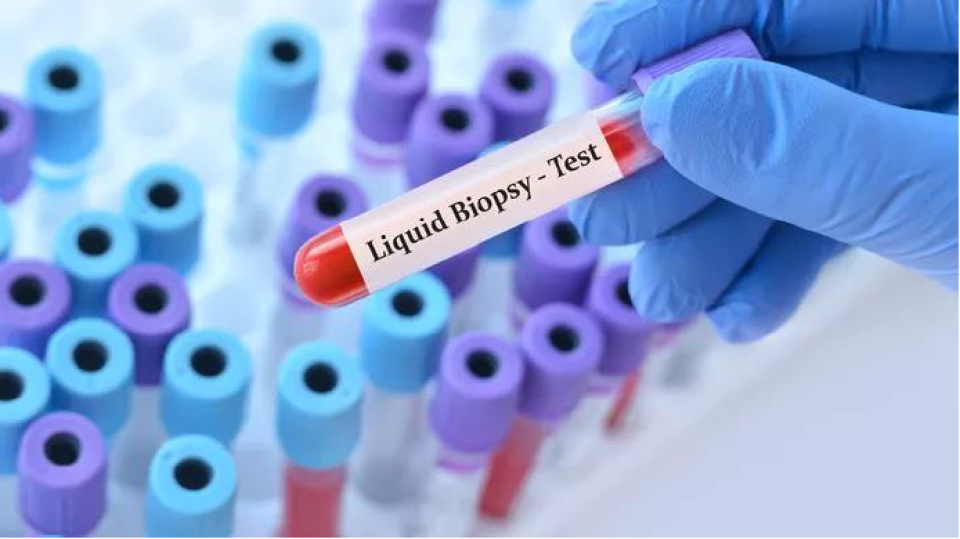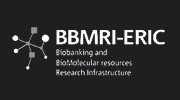A liquid biopsy is a blood sample used to test for cancer biomarkers.
This search for cancer markers in the blood is a non-invasive alternative to conventional tissue biopsies. It does not replace them, but could pave the way for more personalized treatments.
Although liquid biopsy is performed using a simple blood sample, it is nonetheless one of the major advances in the fight against cancer in the last decade. It consists in searching for blood biomarkers of the disease, i.e. fragments of DNA and cancer cells released by the tumor into the bloodstream. As evidence mounts of this test’s ability to rapidly detect cancer, and improve its follow-up and treatment, much hope rests on the possibility that one day liquid biopsy could become a systematic approach in cancerology.
At present, cancer detection is based on medical imaging and tissue biopsy analysis of tumour samples taken by endoscopy, puncture or surgery.
surgery. These are invasive and even painful procedures, and are not suitable for all patients. Could liquid biopsy replace tissue biopsy?
Read also Blood, a window on our health
A minimally invasive approach
“Many patients are unable to tolerate tissue biopsy because they are so tired that the procedure would be too unpleasant, especially if the cancer is at an advanced stage. The other concern is that the material recovered may be of insufficient quality,” stresses Prof. Fabrice Barlesi, a specialist in thoracic cancers and Director of the Gustave Roussy Center in Paris. Liquid biopsy is therefore a less restrictive alternative, as it enables the genetic characteristics of the tumour to be investigated using a simple blood sample, “as the mutations present in the circulating tumour DNA are the same as those in the tumour cells from which it originates”, explains Paul Hofman, Director of the Clinical and Experimental Pathology Laboratory at Nice University Hospital, specializing in the analysis of blood and tissue biomarkers in thoracic oncology.
Other advantages: it’s inexpensive, requires less human resources and delivers results more quickly, since analyses take an average of 7 days, compared with 2 to 4 weeks for tissue biopsies. Beyond the initial assessment, biopsy can also be easily repeated throughout the course of treatment. This makes it a simple tool for monitoring disease progression and adapting treatment strategy. “We can, for example, detect the appearance or disappearance of abnormalities, giving an indication of a possible risk of relapse. It is also possible to identify biomarkers of resistance to therapy, which can guide decisions concerning a possible change of treatment”, explains Prof. Barlesi.
Read Cancer: the hope of beating the disease
Limited indications
To date in Europe, liquid biopsy is essentially the subject of medical research. It is only routinely validated for certain indications, such as melanoma, colorectal cancer, breast cancer and, in 90% of cases, for the treatment of lung cancer. “And for good reason: in lung cancer, which is progressing, tissue samples are often very small and therefore the most difficult to analyze, not to mention the fragile state of patients, which prevents such invasive sampling during treatment”, explains Fabrice Barlesi. Nevertheless, Barlesi points out that the Gustave Roussy Institute has recently opened a laboratory (“Fresh”) to roll out genomic profiling of cancers by liquid biopsy on a national scale, thus making the technique more accessible to more patients across the country.
He also points out that, for the time being, recommendations restrict the use of liquid biopsy to advanced cancers. In the metastatic stage, i.e. when the initial tumor has spread to other parts of the body, the cancer releases a greater quantity of tumor DNA fragments into the bloodstream than in a localized tumor, making the test less sensitive and less relevant when the disease is at an early stage.
Also read Detecting cancer before cancer: the latest research promises
A definite future
That said, to date in Europe, liquid biopsy cannot be used to diagnose cancer, and therefore remains complementary to tissue biopsy. “Even if the amount of circulating DNA in an advanced tumor is greater than in a localized tumor, we’re talking about very low concentrations, which makes it less sensitive than a conventional tissue biopsy,” insists Paul Hofman. In the USA, on the other hand, health authorities authorize the prescription of a liquid biopsy as a first-line diagnostic procedure for certain cancers, as part of the “plasma first” strategy. In this approach, tissue biopsy is proposed if blood tests are inconclusive.
Although the sensitivity of liquid biopsy is not yet optimal, research is active in this field. Every year, a congress is devoted to the subject, with the aim of compiling the scientific evidence that could enable it to be extended to other cancers and used routinely for diagnosis, treatment and post-treatment follow-up. To achieve these objectives, the identification of more specific biomarkers of cancer abnormalities is one of the major challenges for future studies. In particular, a clinical trial presented in June 2024 at the ASCO annual meeting in the USA has already yielded promising results, showing that this type of biopsy can predict the risk of breast cancer recurrence several years before tumors become visible on imaging. “As more and more scientific work is carried out, this approach will undoubtedly lead to better personalized treatment of patients, and therefore indirectly benefit survival,” concludes Fabrice Barlesi.
The editorial team advises
–Cancer: how immunotherapy is being used earlier and earlier in the course of the disease
–Classifying cancers differently to improve access to treatment










